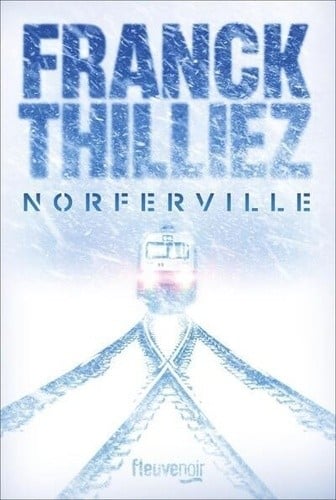En cours de chargement...
Many observations are interpreted in terms of the then-current paradigm. Here, a review of almost 1290 scientific papers shows that the significance of some key observations have not been appreciated while some key facts have been ignored. It is assumed planets formed from a distribution of planetesimals, but we do not know how dust accreted to planetesimals. Oligarchic accretion should not apply beyond 10 AU, but this would mean LkCa 15b, and TYC 8998-760-1 b and c were impossible.
The atmospheres of three of our rocky planets have clearly different atmospheric compositions, but they are supposed to come from one source, which has the wrong elemental ratios for any of them. The early Earth atmosphere is believed to have been oxidized, but samples from the time show that the atmosphere contained much methane, and the oceans much ammonia. We cannot understand how Mars could have running water, yet there are river valleys.
This book argues these and many other problems go away if we assume the initial accretion was caused by chemistry, including physical chemistry, and our solar system is an archetype for planetary formation. If our water was ammoniacal, why could not the Martian water have been, in which case it would flow at the obvious low temperatures. The case is made that life can only evolve from a planet with Earth's chemistry, and it evolved around fumaroles.
There are at least seven reasons why there will be no life under-ice at Europa. These conclusions mainly come from putting together information already known, together with a few original propositions. The book ends with a large number of predictions, including some from experiments that could be carried out in a lab on Earth.





